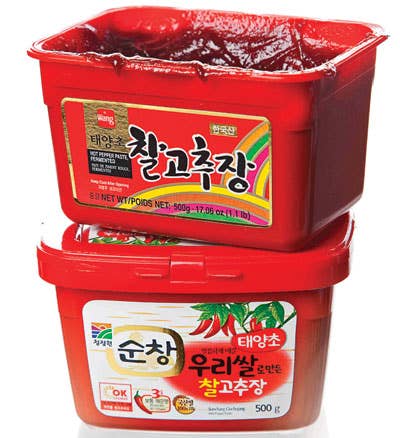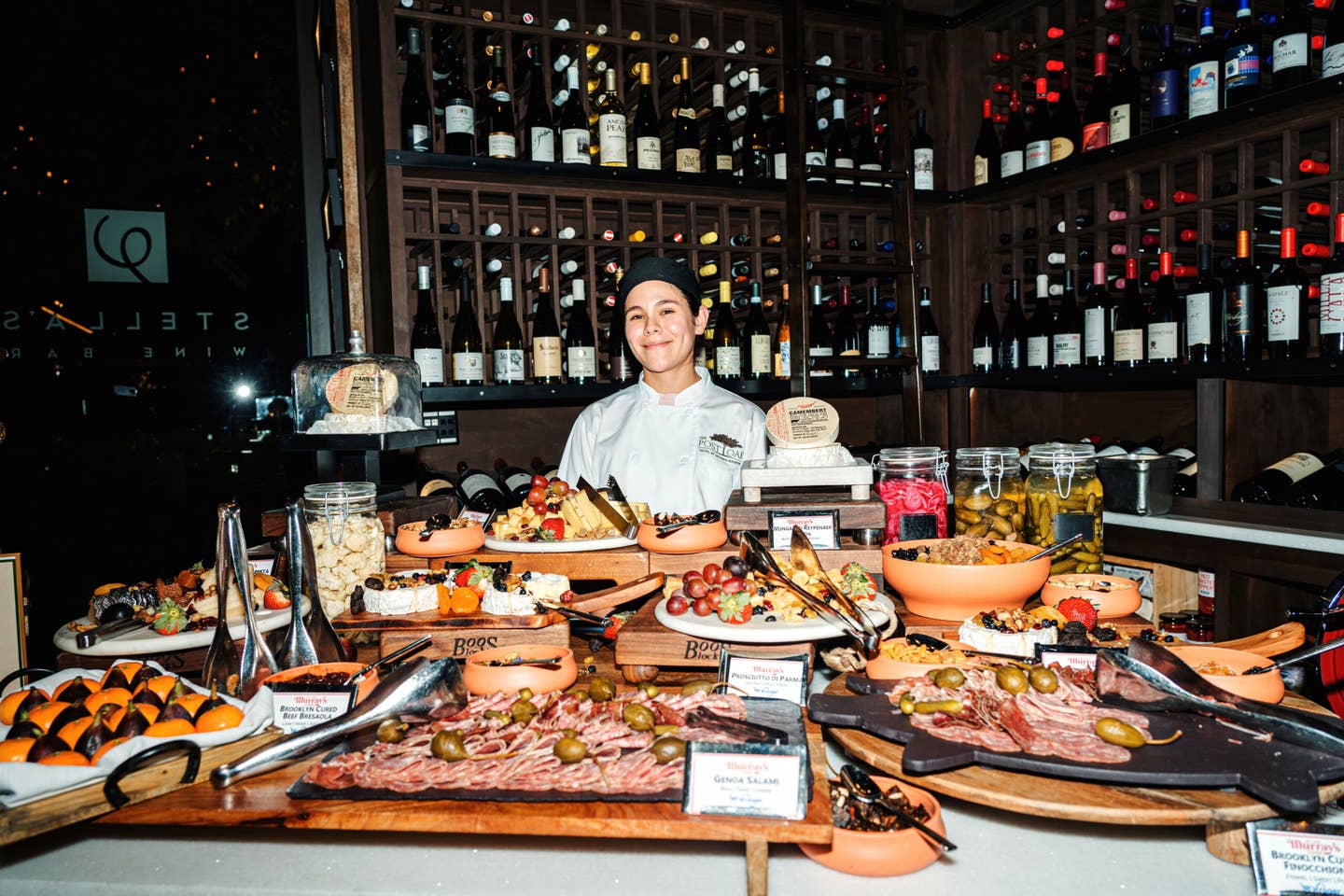
I made my way through many bowls of bibimbap while reporting this issue's story on the dish (see "Seoul Food"), and I was amazed every time at the way a spoonful of gochujang, the fermented red chile paste found in every Korean kitchen, can transform a few ingredients into a dish of profound depth and complexity. Though it's often store-bought today, the traditional method for making gochujang at home reveals a lot about how it acquires its multiple layers of flavor. The process begins with the preparation of meju, a soybean mash left to ferment for months. Once ripened, the meju is combined with dried red chiles, rice paste, salt, and sometimes sugar or honey. The pulp is then left to ferment for another month or more, allowing proteins to break down into amino acids that contribute a rich, meaty flavor, and starches to hydrolyze into sugars. Hot, sour, salty, sweet, and bitter all at once, it's everything I love about Korean food.
Keep Reading
Continue to Next Story










